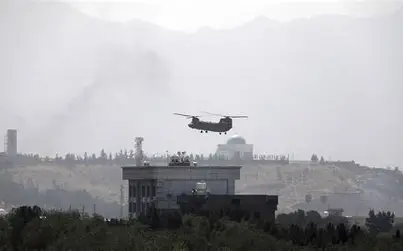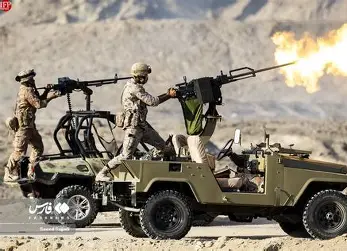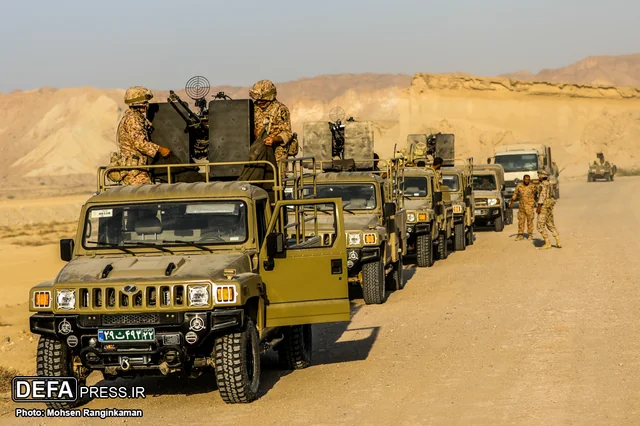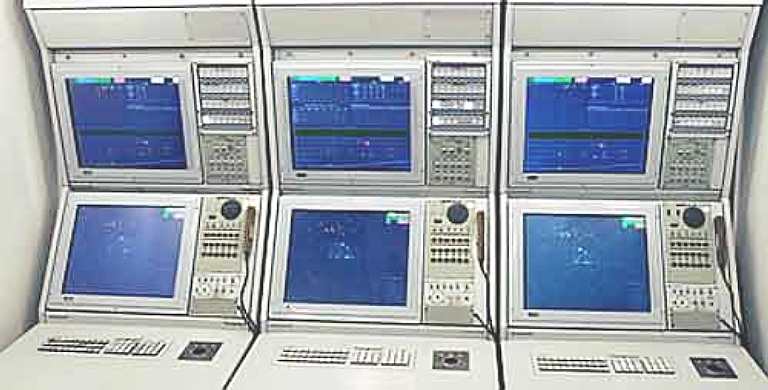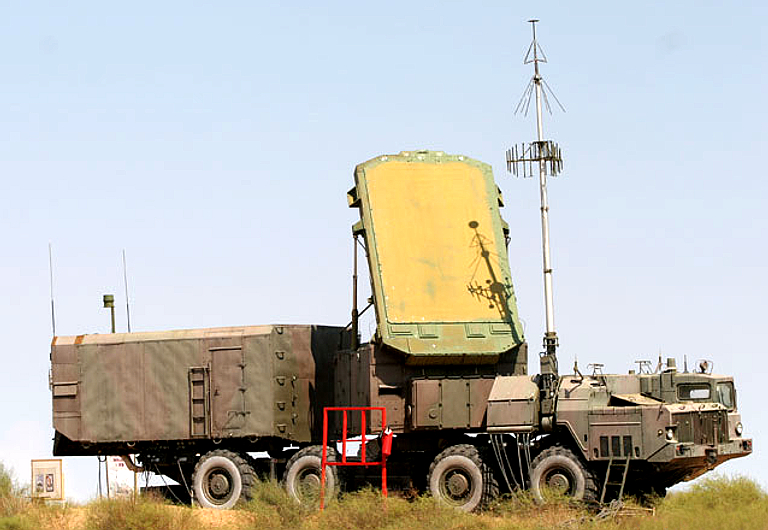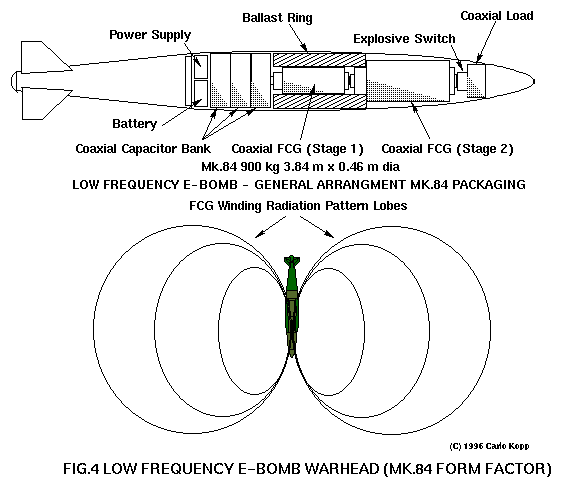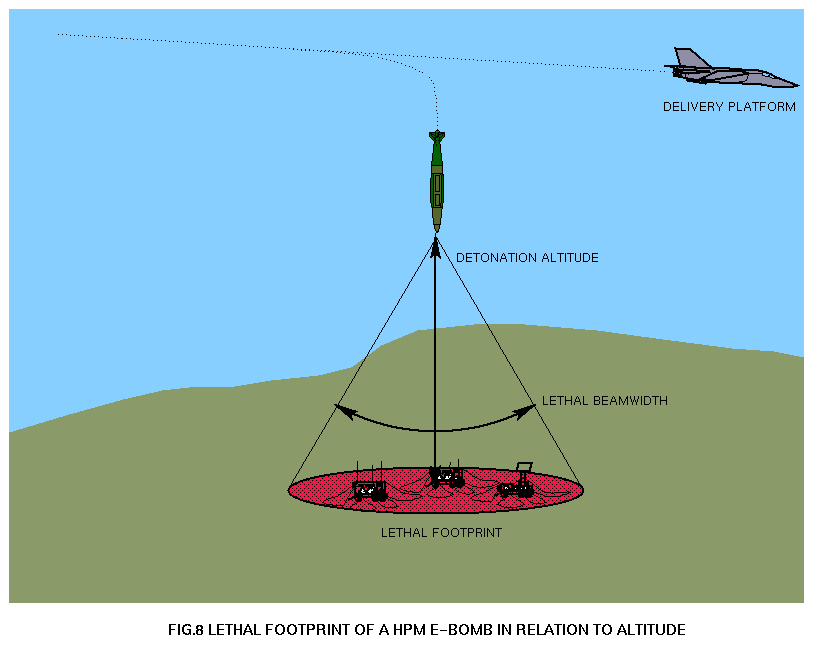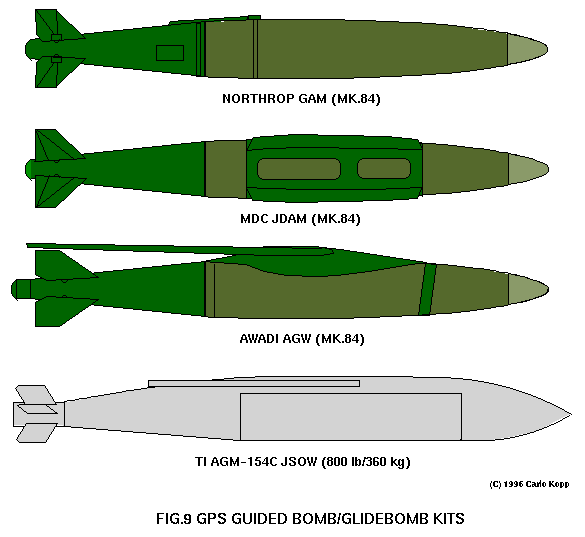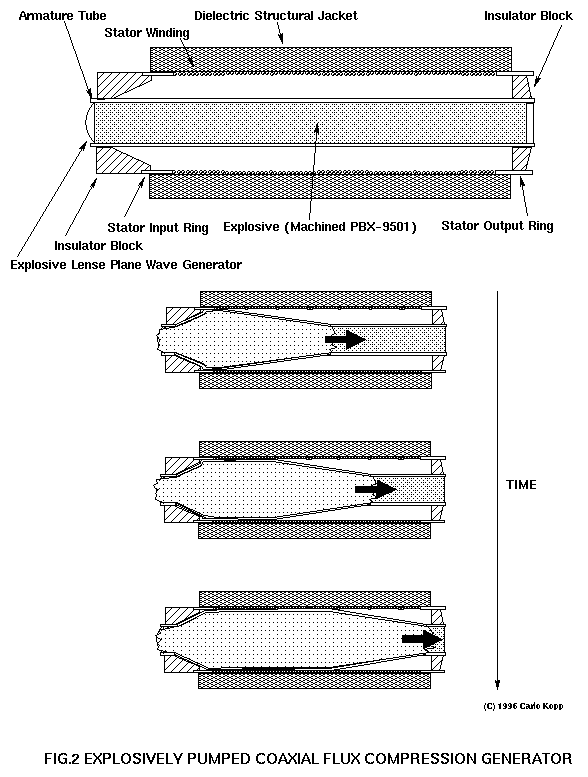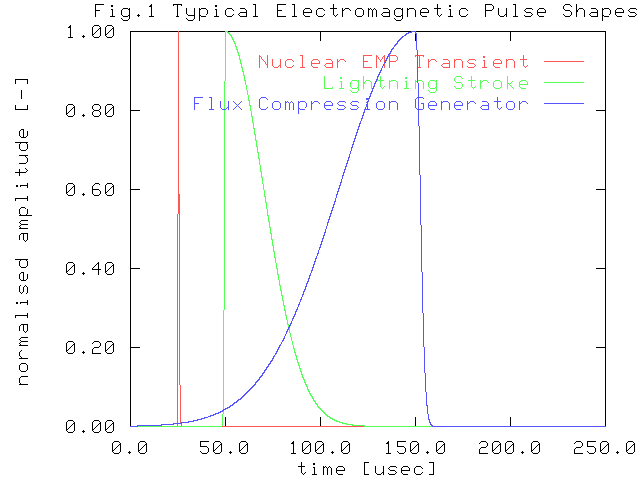I have a very simple question, if this report is true.🧵
Where is the Russian Army artillery ammunition they are fighting their "Donbas Set Piece Battle" with?
If Ukraine is threatening to pocket Izyum. Those attacks should have been buried under Russian Grad rockets👇
1/
Where is the Russian Army artillery ammunition they are fighting their "Donbas Set Piece Battle" with?
If Ukraine is threatening to pocket Izyum. Those attacks should have been buried under Russian Grad rockets👇
1/
https://twitter.com/TheDeadDistrict/status/1515789340613480450
If the Russians don't have massive artillery ammunition reserves available to support their possession of Izyum.
Can we assume the Russians have those reserves anywhere in Ukraine, like this War on the rocks article does?
2/
warontherocks.com/2022/04/what-a…
Can we assume the Russians have those reserves anywhere in Ukraine, like this War on the rocks article does?
2/
warontherocks.com/2022/04/what-a…
This is what was stated there:
"However, Ukraine has no effective options to counter a prolonged Russian artillery offensive. This should trouble those who want to see Ukraine prevail as Russia can rely upon an extensive supply of artillery platforms and munitions that it...
3/
"However, Ukraine has no effective options to counter a prolonged Russian artillery offensive. This should trouble those who want to see Ukraine prevail as Russia can rely upon an extensive supply of artillery platforms and munitions that it...
3/
... will likely use to lay waste to large swaths of eastern Ukraine and thwart a Ukrainian counter-offensive to retake the country."
The lack of Russian artillery ammunition in Russia's response to Ukraine's Izyum counter-attacks is a 'tell' this assumption isn't true.
4/
The lack of Russian artillery ammunition in Russia's response to Ukraine's Izyum counter-attacks is a 'tell' this assumption isn't true.
4/
There are several different sources confirming these Ukrainian counter-offensives.
Here:
5/
Here:
5/
https://twitter.com/mhmck/status/1515798128775024640
Izyum is the stated "schwerpunkt" of the Russian Donbas offensive.
If there is anywhere in Ukraine that should have megatons of Russian artillery ammunition. It is at Izyum.
Yet, nada versus the two Ukrainian bulges attempting to pocket Izyum.
8/
If there is anywhere in Ukraine that should have megatons of Russian artillery ammunition. It is at Izyum.
Yet, nada versus the two Ukrainian bulges attempting to pocket Izyum.
8/
I think the unchallenged Western intelligence assumption that Russian has near inexhaustible reserves of artillery ammunition needs to be torn down to the foundation, frame studs, baseboards & reexamined with the eye that assumption is the same class as Putin would not invade
End
End
• • •
Missing some Tweet in this thread? You can try to
force a refresh





